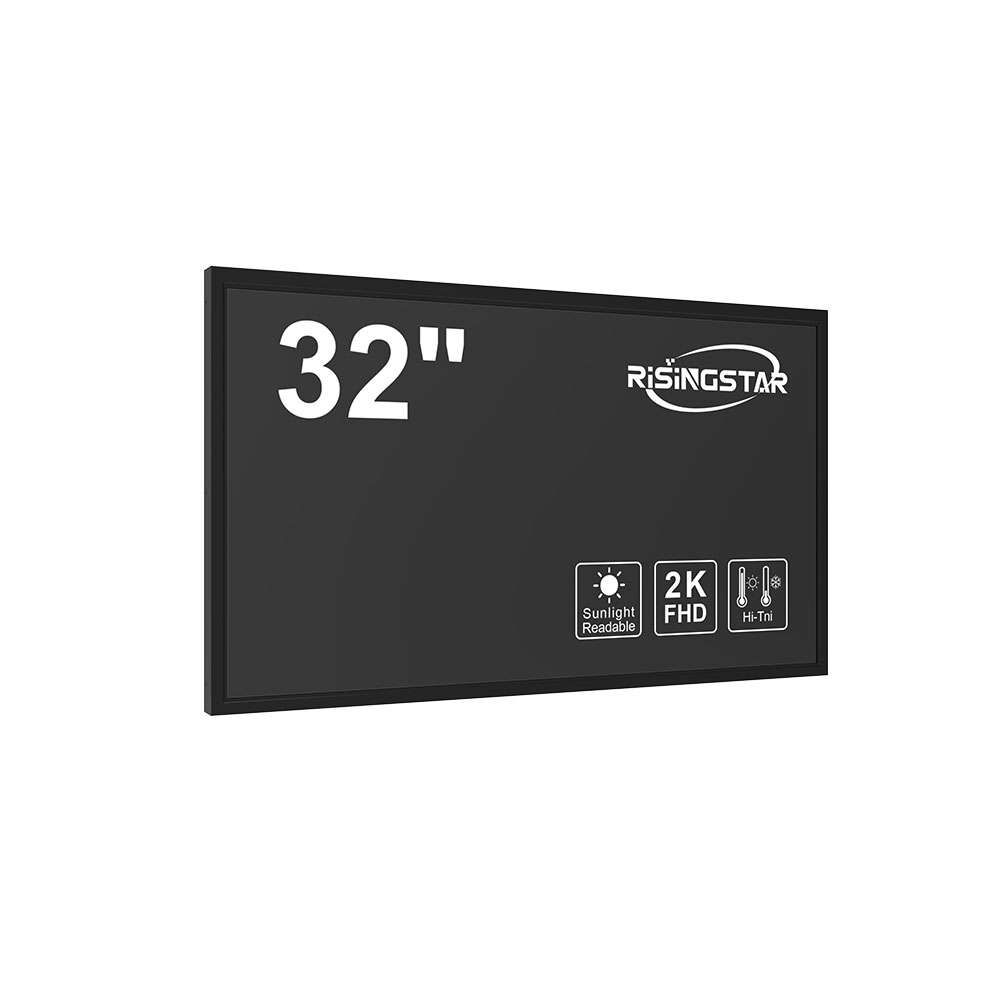
Privacy statement: Your privacy is very important to Us. Our company promises not to disclose your personal information to any external company without your explicit permission.
When it comes to displaying content outdoors—whether in a retail environment, sports venue, or residential backyard—choosing the right outdoor TV monitor is critical. Unlike indoor displays, outdoor LCD screens must withstand extreme temperatures, UV exposure, humidity, and physical impacts while maintaining high brightness, clarity, and durability.
Brightness and Visibility
A key requirement for any outdoor TV monitor is peak brightness. Industry standards such as those from the Society of Motion Picture and Television Engineers (SMPTE) recommend at least 5,000 nits for direct sunlight visibility. Professional-grade outdoor monitors often exceed 7,000 nits, ensuring content remains visible even under harsh midday sun. This is especially crucial for commercial applications like digital signage in shopping malls, airports, or stadiums where readability directly affects customer engagement.

Environmental Protection

IP65 or higher ingress protection ratings are essential. This means the screen is dust-tight and protected against water jets—critical for rain, snow, or coastal salt spray environments. For example, in Dubai’s desert climate or Seattle’s rainy seasons, an IP68-rated enclosure with sealed edges and corrosion-resistant materials ensures long-term reliability. Many manufacturers now use aluminum alloy frames and tempered glass to further enhance durability.
Thermal Management
Outdoor environments can swing from -20°C to +60°C. Effective thermal design is not optional—it’s fundamental. Advanced models integrate passive cooling systems using heat sinks and convection airflow, while some high-end units include active cooling via fans or liquid cooling, all while maintaining silent operation. This prevents overheating, which could otherwise lead to pixel degradation or premature failure.
Installation Flexibility
Whether wall-mounted, pole-mounted, or freestanding, modern outdoor TV monitors support multiple mounting options. Some come with integrated cable management systems and weatherproof connectors, reducing installation time and maintenance costs. In residential settings, this allows homeowners to enjoy movies or sports on their patio without compromising aesthetics.
Real-World Applications
In a case study from a California-based café chain, installing 4K outdoor monitors with 7,000-nit brightness increased foot traffic by 18% during morning hours due to dynamic menu displays. Similarly, a Florida resort used waterproof outdoor TVs in poolside areas to broadcast live sports, enhancing guest satisfaction and reducing reliance on indoor viewing spaces.
Ultimately, selecting an outdoor TV monitor isn’t just about screen size—it’s about engineering robustness, environmental resilience, and visual impact. With proper specifications aligned to your location, application, and budget, you can ensure years of reliable performance in any climate.
Email to this supplier

Privacy statement: Your privacy is very important to Us. Our company promises not to disclose your personal information to any external company without your explicit permission.